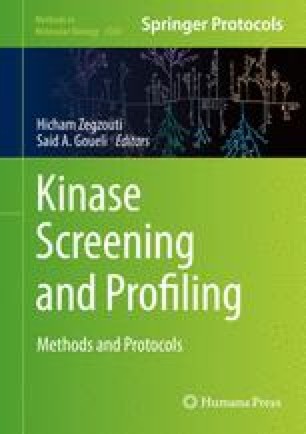

“The truth is, we still don't fully understand the root cause for either one, and like many auto inflammatory diseases, the working hypothesis is that there are patients who are genetically susceptible,” Arkin explained. She added that when looking at the epidemiology, and for kids in particular, morphea is certainly more common than the systemic forms of scleroderma. “We think about autoantibody profiles helping to inform the subtype, whereas morphea, which is more skin-limited, really is a clinical diagnosis and there's not a lot of utility in checking autoantibody associations, because, again, the kind of monitoring and surveillance really is different,” Arkin said. She added that there are really different consensus criteria around each, particularly for the more systemic forms. So the first question is what subtype are we dealing with, because there is ‘systemic scleroderma’, which is more of a systemic autoimmune disease that can have multi-organ manifestations…and then there's localized scleroderma which is which is otherwise known as morphea.”Īmong her key points, Arkin pointed out that both treatment and monitoring are quite different for the subtypes, so a correct diagnosis is vital.
Kinases with known consensus sequences series#
“And it has a whole different series of subtypes. “So scleroderma is sort of a big umbrella term that means hardened skin,” she explained.

Kinases with known consensus sequences skin#
The characterization of ICSBP mRNA regulation should help identify functions for this putative IFN trans-acting factor in macrophage activation.In this HCPLive interview, Lisa Arkin, MD, spoke about her experiences in the dermatology field treating patients with scleroderma, sharing her insights on the skin condition and its future.Īrkin is known for her work as a pediatric dermatologist and member of the Society for Pediatric Dermatology, University of Wisconsin School of Medicine & Public Health / American Family Children's Hospital. ICSBP mRNA induction is also inhibited by dexamethasone, a synthetic glucocorticoid, well known as an anti-inflammatory drug capable of influencing gene expression in macrophages. IFN-gamma-induction of ICSBP mRNA is resistant to cycloheximide but sensitive to protein kinase inhibitors (H7, H8, HA-1004, staurosporine) at doses that suggest that protein kinase C is a likely target. IFN-alpha, at a concentration shown previously to modulate macrophage surface markers and functions, had no effect on ICSBP message levels alone, but antagonized the IFN-gamma-induction of ICSBP mRNA. ICSBP mRNA levels increased within 1 h of IFN-gamma treatment, peaked between 4 and 6 h, and subsequently declined to approach baseline levels by approximately 24 h. Steady-state levels of both of these species were elevated by IFN-gamma at doses consistent with many IFN-gamma-induced macrophage functional responses. Northern blot analysis revealed two ICSBP mRNA species from these cells. In this study, the regulation of ICSBP mRNA induction by IFN-gamma was characterized in murine thioglycolate-elicited peritoneal macrophages. Homologous interferon responsive sequences have been found in many IFN-inducible genes, and the gene for a protein that binds these sequences (interferon consensus sequence binding protein, ICSBP) has recently been cloned. IFN play a central role in the activation of macrophages by inducing the expression of several proteins which, in turn, result in increased functional capabilities.


 0 kommentar(er)
0 kommentar(er)
